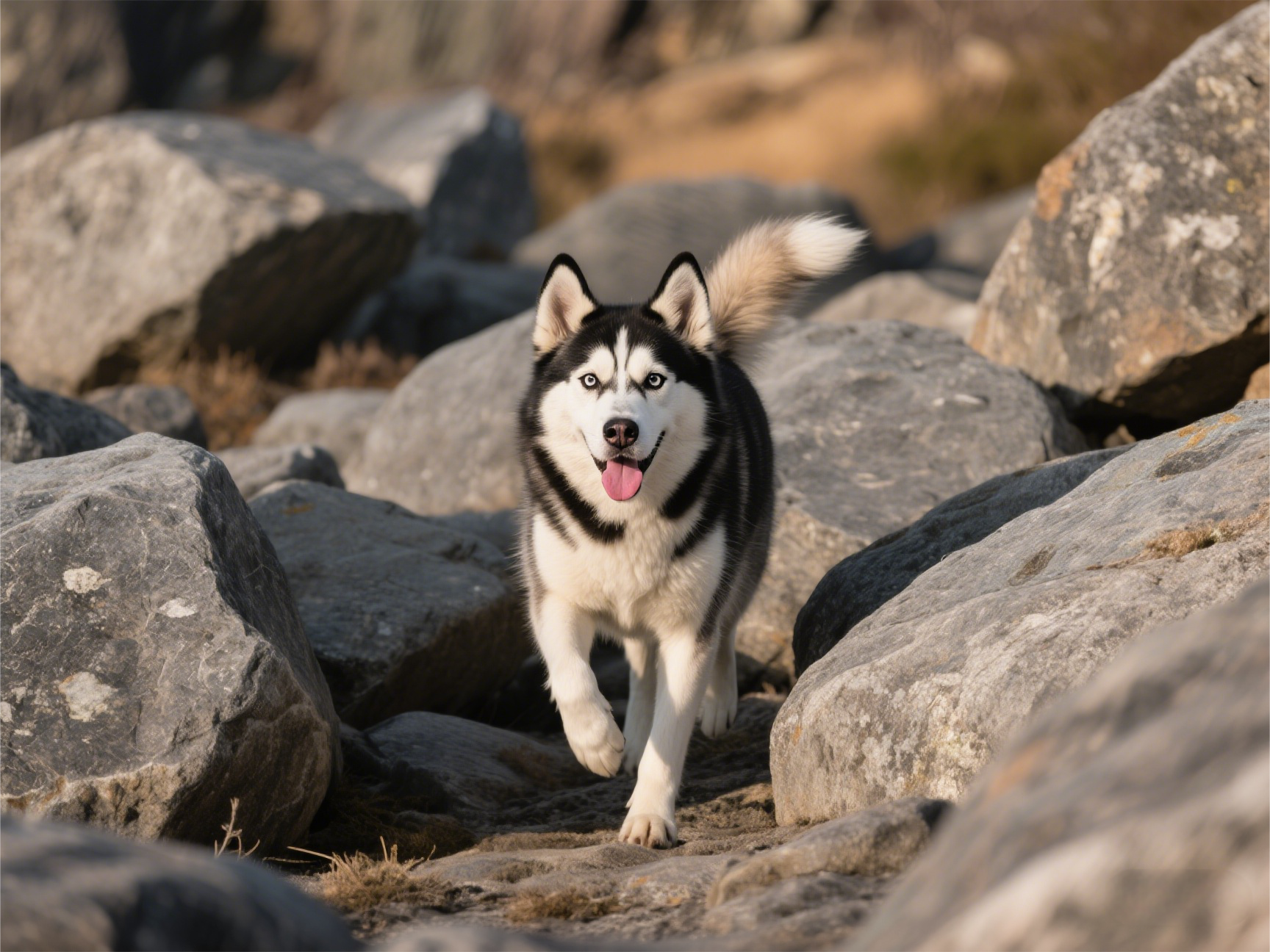As summer approaches, swimming becomes a popular way to help dogs beat the heat. However, water activities come with risks—from toxic algae to fatigue-related accidents. As a certified pet trainer and owner of a water-loving Golden Retriever, Luna, I’ve seen firsthand how preparation and vigilance can prevent tragedies. Here’s a science-backed guide to ensuring your dog’s safety and hygiene in and out of the water.

1. Assess Water Safety First
Not all water is safe for dogs. Stagnant ponds or lakes with visible algae blooms (often green, blue, or foamy) can harbor toxic cyanobacteria, which can cause vomiting, seizures, or even death within hours of exposure56. Always check water conditions before letting your dog swim. If it smells musty or looks discolored, skip it. Luna once sniffed a murky pond, and I immediately redirected her to a cleaner, flowing stream—a decision that likely saved her from harm.
For pools, ensure your dog knows how to locate exit steps. Contrasting markers on pool edges can help them navigate, preventing exhaustion or drowning.
2. Gear Up for Safety
• Life Jackets: Essential for puppies, seniors, or breeds with short snouts (e.g., Bulldogs), which are prone to respiratory issues. Luna wears a lightweight, handle-equipped vest during boat trips for easy rescue if needed.
• Leashes & Toys: Use a sturdy harness and avoid retractable leashes near water. Floating toys minimize risky dives into deep currents.
3. Hygiene Matters: Pre- and Post-Swim Care
• Pre-Swim Prep: Avoid feeding your dog 1–2 hours before swimming to reduce bloat risk. A short warm-up walk primes muscles and prevents cramps.
• Post-Swim Cleaning: Rinse your dog thoroughly with fresh water to remove chlorine, salt, or bacteria. Focus on ears (to prevent infections) and paws (to avoid cracked pads). Luna’s post-swim routine includes a hypoallergenic shampoo and a blow-dry to prevent skin irritation.
4. Recognize Fatigue & Heat Stress
Even strong swimmers like Luna can overexert themselves. Signs of fatigue include erratic paddling, reduced coordination, or excessive panting. Limit sessions to 10–15 minutes for beginners, and always provide shade and fresh water. If your dog vomits or collapses after swimming, seek emergency vet care—it could indicate algae poisoning or heatstroke.

How the DBDD Pet Tracker Enhances Water Safety
While traditional precautions are vital, technology like the DBDD Pet Tracker adds a proactive layer of protection:
1. Activity Monitoring: Track your dog’s swimming duration and rest patterns. Sudden inactivity alerts can signal exhaustion or illness, prompting immediate intervention.
2. AI Health Consultations: Suspect algae exposure? Upload a photo of your dog’s gums or skin. The AI cross-references symptoms with a veterinary database, offering tailored advice—whether it’s a mild rash or a toxin emergency.
3. Geo-Fencing: Set safe zones around clean water sources. If Luna strays toward a hazardous area, I receive an instant alert, preventing risky swims.

Final Thoughts
Swimming should be fun, not fraught with danger. With Luna, I combine vigilance (water checks, life jackets) and tech tools (the DBDD Tracker) to ensure her safety. Remember: A well-prepared owner is a dog’s best lifeguard.
Stay informed, stay cautious, and let smart tech amplify your care!





Leave a comment
All comments are moderated before being published.
This site is protected by hCaptcha and the hCaptcha Privacy Policy and Terms of Service apply.